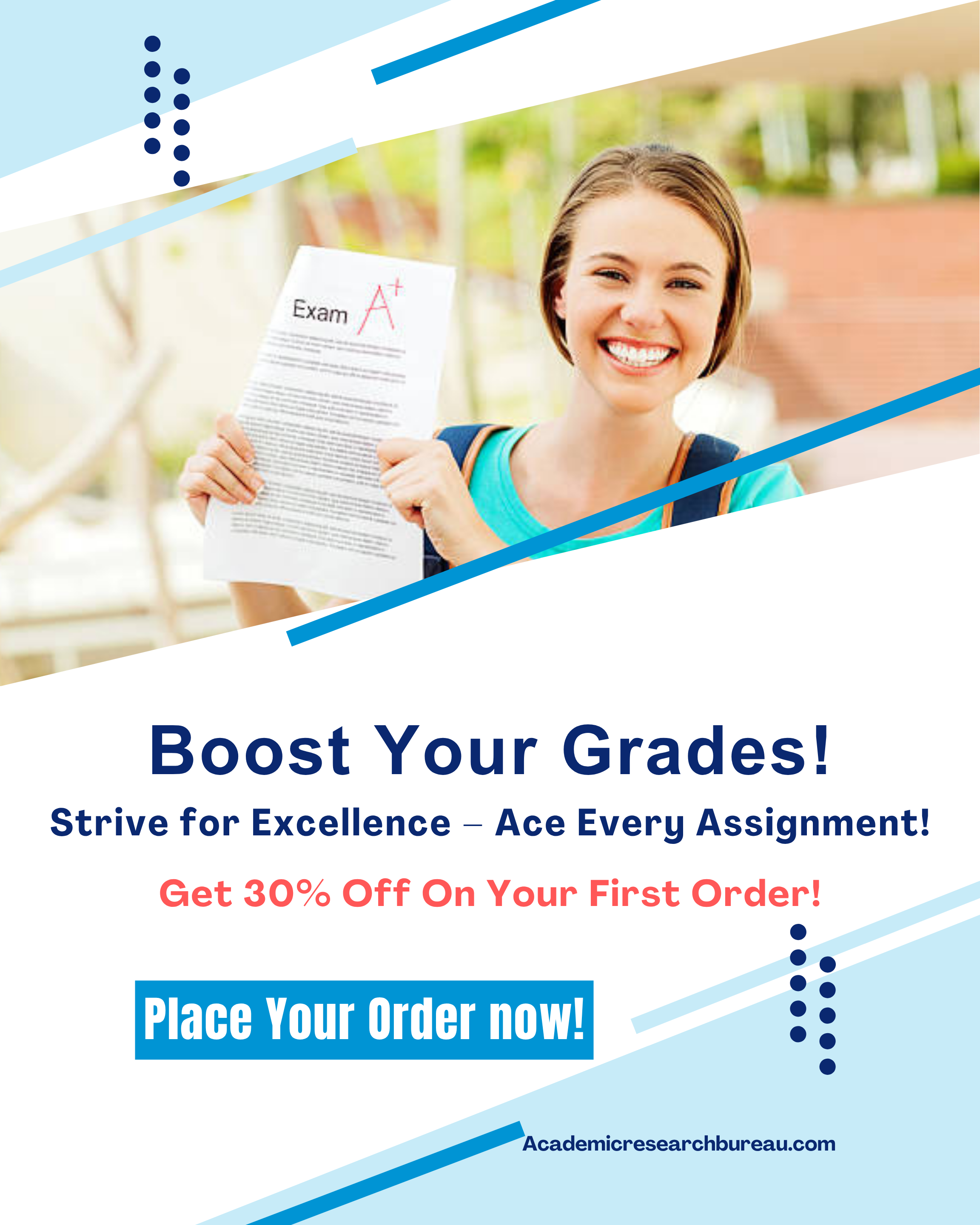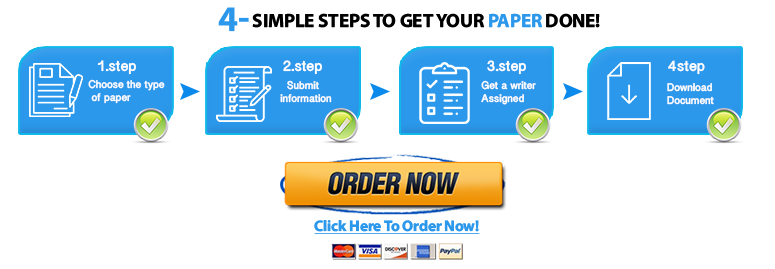Learning styles represent the different approaches to learning based on preferences, weaknesses, and strengths. For learners to best achieve the desired educational
Learning styles represent the different approaches to learning based on preferences, weaknesses, and strengths. For learners to best achieve the desired educational outcome, learning styles must be considered when creating a plan. Complete “The VARK Questionnaire,” located on the VARK website, and then complete the following:
- Click “OK” to receive your questionnaire scores.
- Once you have determined your preferred learning style, review the corresponding link to view your learning preference.
- Review the other learning styles: visual, aural, read/write, kinesthetic, and multimodal (listed on the VARK Questionnaire Results page).
- Compare your current preferred learning strategies to the identified strategies for your preferred learning style.
- Examine how awareness of learning styles has influenced your perceptions of teaching and learning.
In a paper (750–1,000 words), summarize your analysis of this exercise and discuss the overall value of learning styles. Include the following:
- Provide a summary of your learning style according the VARK questionnaire.
- Describe your preferred learning strategies. Compare your current preferred learning strategies to the identified strategies for your preferred learning style.
- Describe how individual learning styles affect the degree to which a learner can understand or perform educational activities. Discuss the importance of an educator identifying individual learning styles and preferences when working with learners.
- Discuss why understanding the learning styles of individuals participating in health promotion is important to achieving the desired outcome. How do learning styles ultimately affect the possibility for a behavioral change? How would different learning styles be accommodated in health promotion?
Cite to at least three peer-reviewed or scholarly sources to complete this assignment. Sources should be published within the last 5 years and appropriate for the assignment criteria.
Prepare this assignment according to the guidelines found in the APA Style Guide, located in the Student Success Center.
This assignment uses a rubric. Please review the rubric prior to beginning the assignment to become familiar with the expectations for successful completion.
Expert Answer and Explanation
VARK Questionnaire Analysis
The VARK questionnaire is a learning style assessment tool that was developed by Neil Fleming in 1987 (VARK Learn Limited, 2023a). The acronym VARK stands for Visual, Auditory, Reading/Writing, and Kinesthetic, which represent the four main learning modalities or styles. The primary design of the questionnaire is to help individuals understand their preferred learning style(s) and use this knowledge to enhance their learning experience.
The VARK questionnaire consists of 16 multiple-choice questions that assess an individual’s preferred mode(s) of learning. The relevance of the VARK questionnaire lies in its ability to help individuals tailor their learning strategies and techniques to their preferred learning style(s), resulting in more effective and efficient learning outcomes (VARK Learn Limited, 2023a). Understanding one’s learning style can also help individuals communicate better with educators and peers and improve teamwork and collaboration in various settings.
This paper will focus on my personal VARK results and how they are in line with my learning outcomes.
Summary of Learning Styles
The results from the VARK questionnaire shows my scores as Visual 5, Aural 6, Read/Write 2, Kinesthetic 14. Based on the VARK results, it appears that my preferred learning style is Kinesthetic. A very strong kinesthetic means I learn best through physical activities and experiences. I also tend to prefer hands-on learning, such as performing experiments, engaging in role-play, and using practical applications.
Additionally, the learning style also is also related to my preference to move around while learning or take frequent breaks to avoid feeling restless or bored. On the other hand, I may find it challenging to learn through traditional methods such as lectures or reading. Inclusion of movement and tactile experiences into my learning can help me retain information more effectively.
Preferred Learning Strategies
My preferred learning strategy is through movement, and hands-on experiences which makes me a strong kinesthetics learner. As a kinesthetic learner, I benefit more from activities that involve manipulating objects or using their bodies to explore concepts. Kinesthetic learners tend to prefer learning through practical applications. The practical aspects could mean applying concepts to real-world problems or using technology and multimedia to engage in virtual simulations.
I also tend to learn better when I am moving. Movement could mean taking frequent breaks to stretch or walk around or incorporating physical movement into learning activities, such as using hand gestures to represent ideas. Unlike other learning styles that are either based on auditory or visuals, Kinesthetic learners enjoy engaging in activities that allow them to experience concepts firsthand.
For instance, I can learn better through role-playing, acting out scenarios, or participating in debates as a means to retain more information. Since I am a Kinesthetic learner, it is essential to tailor my learning strategies to my preferences. Over time, I have learned that I benefit more from incorporating movement into my learning activities or engaging in hands-on activities to reinforce concepts. Additionally, I realized that virtual simulations or practical applications can help me to retain information more effectively than traditional methods like reading or lectures.

Impacts of Learning Style
Individual learning styles can significantly impact the ability of a learner to understand and perform educational activities. Each learner has a unique set of preferences and tendencies, and catering to these preferences can improve their engagement, motivation, and overall learning outcomes. For instance, a Kinesthetic learner may struggle to grasp abstract concepts presented through traditional lectures or reading materials but may excel when given hands-on learning activities or practical applications (VARK Learn Limited, 2023).
It is therefore crucial for educators to identify individual learning styles and preferences when working with learners to ensure that they can create effective learning environments that cater to each student’s needs.
This approach can improve the understanding and performance of a learner, leading to better academic outcomes and greater satisfaction with the learning process. A definitive and better learning style can support a more inclusive and supportive learning environment where learners feel seen, heard, and valued, ultimately improving their overall educational experience.
Learning Styles for Better Health Promotion
Understanding the learning styles of individuals participating in health promotion is essential to achieving the desired outcomes (Chholak et al., 2019). Different individuals have distinct learning styles, and catering to these preferences can improve their understanding and retention of information and increase the likelihood of achieving behavioral change. For instance, Visual learner may benefit more from visual aids while Kinesthetic learner may respond better to learning opportunities that involve practical applications (Chholak et al., 2019). Educators in health promotion need to be aware of these preferences and cater to them appropriately to ensure that the participants are adequately engaged, motivated, and empowered to make behavioral changes.
Conclusion
It is essential to recognize your learning style and use it to your advantage when seeking out educational opportunities or engaging in collaborative activities to maximize your learning potential. By understanding and utilizing your preferred learning strategies, you can optimize your learning potential and achieve your academic and professional goals. By tailoring learning opportunities to each participant’s learning style, they can effectively communicate important health information and promote positive health behaviors while supporting participants’ unique needs and preferences.
References
Chholak, P., Niso, G., Maksimenko, V. A., Kurkin, S. A., Frolov, N. S., Pitsik, E. N., … & Pisarchik, A. N. (2019). Visual and kinesthetic modes affect motor imagery classification in untrained subjects. Scientific reports, 9(1), 1-12.
VARK Learn Limited. (2023). Kinesthetic Strategies. VARK: A Guide to Learning Preferences. Vark-Learn.com. https://vark-learn.com/strategies/kinesthetic-strategies/
VARK Learn Limited. (2023a). Biography: A Brief Biography of Neil D. Fleming. VARK: A Guide to Learning Preferences. Vark-Learn.com. https://vark-learn.com/introduction-to-vark/biography/
Place your order now for a similar assignment and get fast, cheap and best quality work written by our expert level assignment writers. Use Coupon: NEW30 to Get 30% OFF Your First Order
Use Coupon: NEW30 to Get 30% OFF Your First Order
FAQs
What are the 4 different learning styles and explain them?
The four different learning styles are Visual, Auditory, Reading/Writing, and Kinesthetic (VARK). These styles describe how individuals best absorb, process, and retain information:
-
Visual Learners:
Prefer using images, diagrams, charts, and color-coded notes. They understand and remember information better when it’s presented visually. -
Auditory Learners:
Learn best through listening. They benefit from lectures, discussions, audio recordings, and reading aloud. -
Reading/Writing Learners:
Prefer to read and write as a way to learn. They enjoy working with text, taking notes, and reading textbooks or articles. -
Kinesthetic Learners:
Learn through hands-on experiences and movement. They prefer activities, experiments, simulations, and real-life examples.
How will you approach different learning styles in the classroom?
To approach different learning styles in the classroom, use a variety of teaching methods that address visual, auditory, reading/writing, and kinesthetic learners.
- For visual learners, include diagrams, charts, and videos.
- For auditory learners, use discussions, lectures, and verbal explanations.
- Reading/writing learners benefit from handouts, note-taking, and written assignments.
- Kinesthetic learners learn best with hands-on activities, experiments, and role-playing. By combining these strategies, you create an inclusive learning environment that supports all students’ needs.
What are the learning styles in educational theory?
Learning styles in educational theory refer to the different ways individuals prefer to receive and process information. Common models include:
-
VARK Model – Visual, Auditory, Reading/Writing, and Kinesthetic learning preferences.
-
Kolb’s Experiential Learning Theory – Includes Diverging, Assimilating, Converging, and Accommodating styles based on how people perceive and process experiences.
-
Gardner’s Multiple Intelligences – Proposes different intelligences such as linguistic, logical-mathematical, spatial, musical, bodily-kinesthetic, interpersonal, intrapersonal, and naturalistic.
-
Honey and Mumford’s Learning Styles – Includes Activist, Reflector, Theorist, and Pragmatist styles.
What are the 4 types of learning styles explaining the VARK model?
The VARK model identifies four main types of learning styles that describe how individuals prefer to absorb and process information:
-
Visual (V):
Learners prefer images, diagrams, charts, and graphs. They understand concepts better when they can see them represented visually. -
Auditory (A):
These learners retain information best through listening. They benefit from lectures, discussions, podcasts, and verbal instructions. -
Reading/Writing (R):
Individuals prefer to read and write to learn. They absorb information effectively through written words, textbooks, notes, and handouts. -
Kinesthetic (K):
Hands-on learners who understand best through physical activity and real-life experiences. They prefer demonstrations, labs, role-playing, and simulations.
Rubric Criteria
All sources are authoritative.
Mechanics of Writing (includes spelling, punctuation, grammar, language use)
Mechanics of Writing (includes spelling, punctuation, grammar, language use)
0 points
Surface errors are pervasive enough that they impede communication of meaning. Inappropriate word choice or sentence construction is used.
3.75 points
Frequent and repetitive mechanical errors distract the reader. Inconsistencies in language choice (register), sentence structure, or word choice are present.
3.95 points
Some mechanical errors or typos are present, but they are not overly distracting to the reader. Correct sentence structure and audience-appropriate language are used.
4.45 points
Prose is largely free of mechanical errors, although a few may be present. A variety of sentence structures and effective figures of speech are used.
5 points
Writer is clearly in command of standard, written, academic English.
Paper Format (use of appropriate style for the major and assignment)
Paper Format (use of appropriate style for the major and assignment)
0 points
Template is not used appropriately or documentation format is rarely followed correctly.
1.5 points
Template is used, but some elements are missing or mistaken; lack of control with formatting is apparent.
1.58 points
Template is used, and formatting is correct, although some minor errors may be present.
1.78 points
Template is fully used; There are virtually no errors in formatting style.
2 points
All format elements are correct.
Documentation of Sources
Documentation of Sources (citations, footnotes, references, bibliography, etc., as appropriate to assignment and style)
0 points
Sources are not documented.
2.25 points
Documentation of sources is inconsistent or incorrect, as appropriate to assignment and style, with numerous formatting errors.
2.37 points
Sources are documented, as appropriate to assignment and style, although some formatting errors may be present.
2.67 points
Sources are documented, as appropriate to assignment and style, and format is mostly correct.
3 points

I am a professional nursing assignment expert offering comprehensive academic support to university nursing students across various institutions. My services are designed to help learners manage their workload effectively while maintaining academic excellence. With years of experience in nursing research, case study writing, and evidence-based reporting, I ensure every paper is original, well-researched, and aligned with current academic standards.
My goal is to provide dependable academic assistance that enables students to focus on practical training and career growth.
Contact me today to receive expert guidance and timely, high-quality nursing assignment help tailored to your academic needs.



